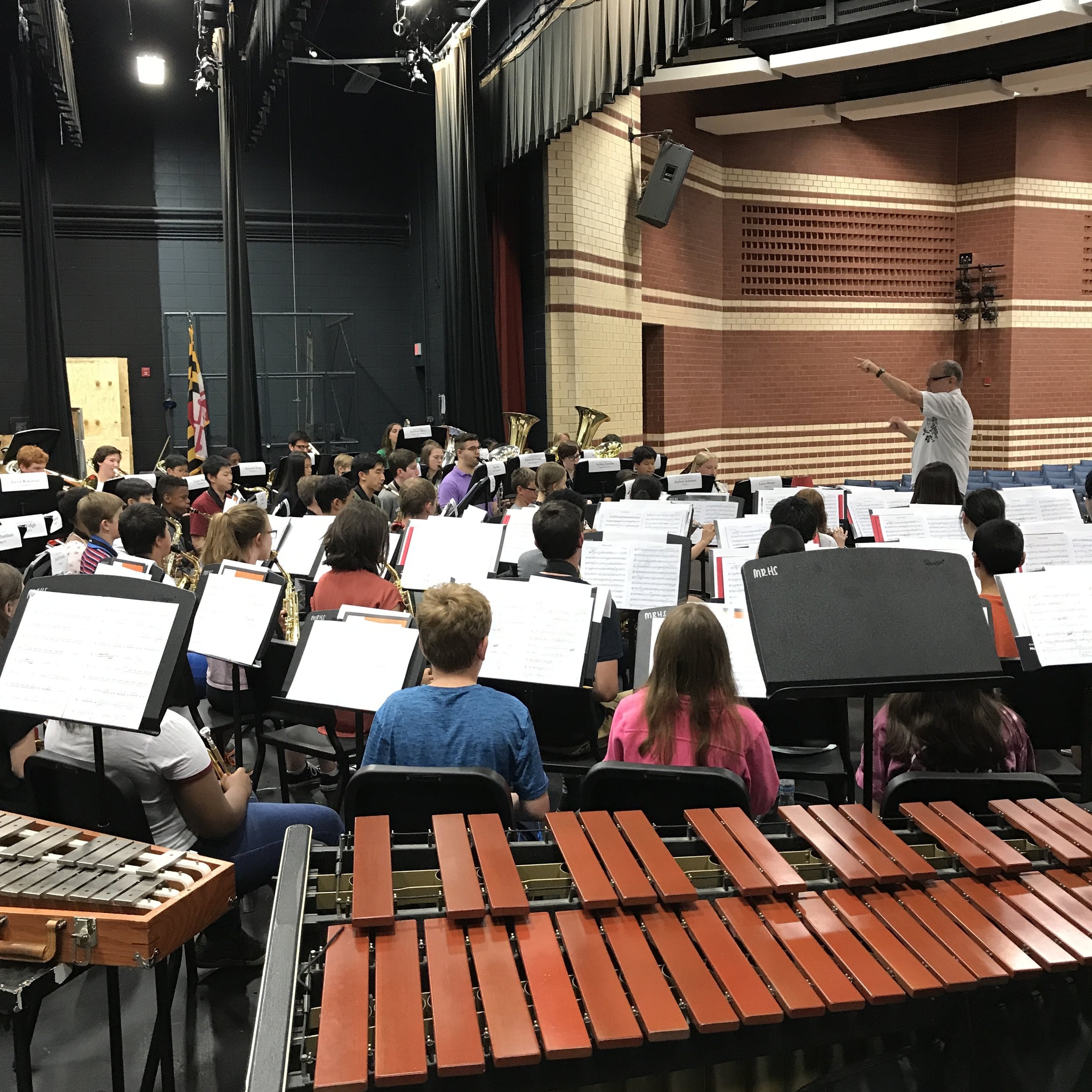I walked into an Apple Store over the weekend and had a moment to play with the new 10.5 inch iPad Pros.
OH MY GOODNESS. The hype is real. These devices are light, gorgeous, and powerful. The 120Hz refresh speed ruined me for all other screens in just the two or three minutes I played around with it. I think Apple has hit the sweet spot in size. I can actually see myself downsizing to this model when I purchase my next iPad. I use the 12.9 for sheet music right now and it is great. I usually end up flipping my iPad in landscape mode and running a score on one half of the screen and a note taking app on the other half during rehearsal. I tried this workflow on the 10.5 and it was actually legible from far away. Maybe I have good eyes. I really miss the hold-ability of the smaller sized iPads for things like reading. I will have some tough decisions to make in a few years when I assume I will have to upgrade my 12.9. Or maybe I should embrace the multi-pad lifestyle and use the larger one for scores and the smaller one for reading. If only forScore would sync a score library over iCloud...


